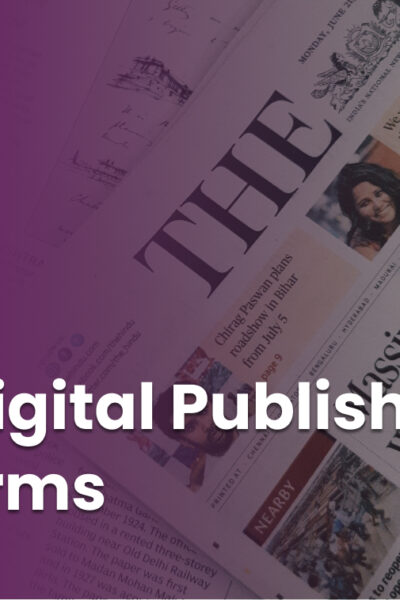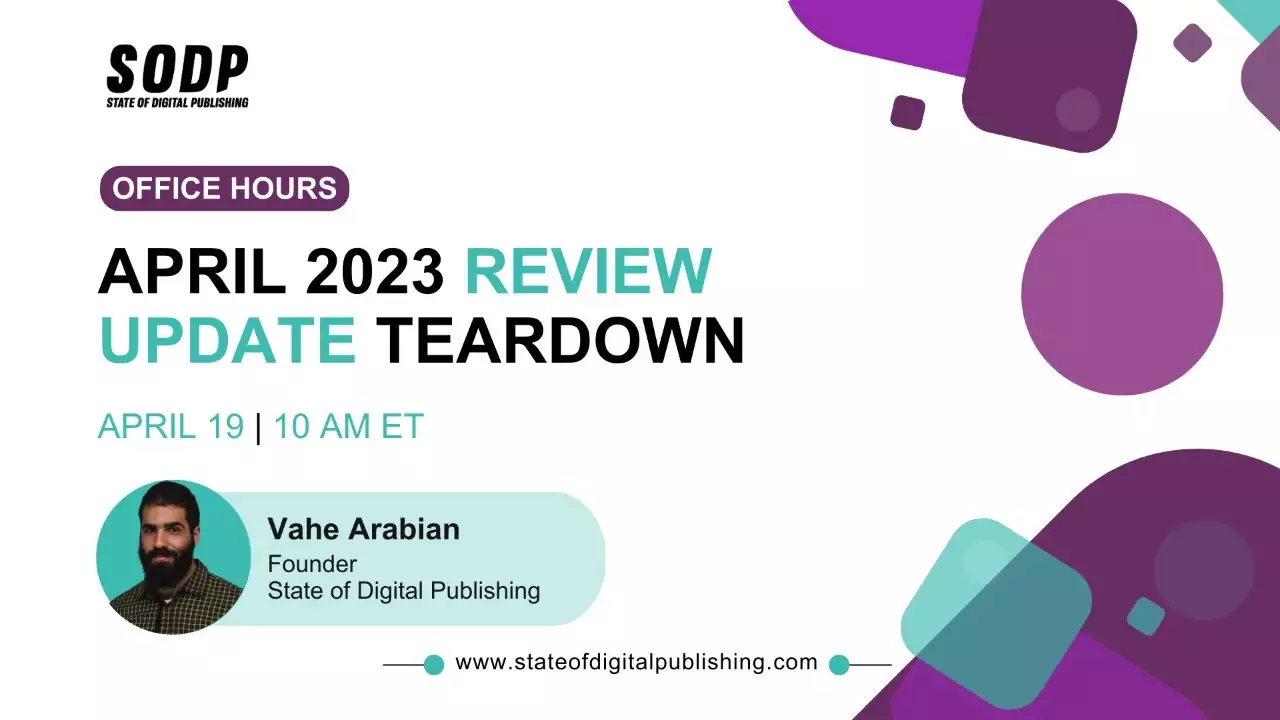Piers Fawkes is the founder of www.psfk.com & wallkit.net
What led you to start working in digital/media publishing?
When I came to New York, I had a bug in me to write. For a short while in London, I had run a film production company and all that pitching and treatment writing and got me hooked. I had some success there with pre-YouTube viral videos, music videos for well-known indie bands and Sundance. But after a year of creative pursuits, I realized I was sleeping on the office sofa and supporting my income with unemployment hand-outs.
After I had arrived in the U.S, I wrote a couple of very bad books and scripts in the 250sq ft apartment I shared with a girl I was in love with. This girlfriend was suspicious of my ability to remain in the States and asked each day, as she left for work (late), that I send out many resumes. But after she closed that door, all I could do was tap prose on a tiny brick of a laptop that sometimes connected via a dial-up modem.
On a walk of the streets of Manhattan looking for inspiration for a rom-com script someone had suggested I write, I overheard a discussion in a cafe about some folks writing these new things called blogs. When I talked to them about it, they invited me to a party in a Soho loft where they said I’d get to meet a crowd of young writers who were enjoying this new form to develop content. Maybe, my girlfriend suggested, I’d find a job there.
I certainly needed work. I had no work visa or immigration papers, and no one was really hiring in 2003. Dog walking paid about $4 an hour after I took my subway commute into account.
I arrived a few days after the cafe conversation at the door of the Spring Street loft and was greeted by the host Nick Denton. Nick, I later found out, was the founder of the Gawker Blog network – so you can imagine that the crowd in his place was a little bit rowdy and very much rebellious.
The buzz was intoxicating and, just before I left, a woman a few years older than me stood up on a chair in the corner and everyone hushed. She announced, “I am going to start a blog!” Everyone cheered. I didn’t know who she was, but I thought, ‘hey lady – if you can do it, I can do write a blog too.’ When the crowd let her go on, she continued, “Yes. I’m going to call it the Huffington Post.”
I was naive to publishing and who Arianna Huffington was at the time. I was just energized by this medium and the ability to share stories.
At first, I wrote a fictional diary of an Englishman called Guy Brighton and it received some notoriety. However, the wives of my friends realized that the stories of late night escapades by young men in the East Village weren’t as fictional as I was suggesting.
So, I started a second blog to save my skin.
With this new site, I wanted a platform to share all the great culture and creative ideas that I was witnessing on the city streets I would walk each day. And being a little homesick, I asked my friends to write from London and also from their journeys in places Like Madrid and Sydney. Soon we were publishing multiple stories each day, and folks started signing up to our feeds.
I still didn’t have very much money, and the girlfriend wanted me to be sending as many resumes as I posted articles each day. I guess I tried, but companies didn’t want to pay the fees or process the paperwork to hire me.
The site is called PSFK because I didn’t have a bean to buy a URL with a more memorable name. My friend Simon King and I had run an online project for a few months in the U.K before I left for NYC, and we had mixed up our initials (PF and SK) as its name. So, when I looked at my options for this new site (and listened to the noise of my piggy bank), I just realized I should use the URL I already owned. I mean, I didn’t think it was going to turn into anything or that I’d still be running a company with the same name 15 years later. PSFK was just going to be a writing project.
About six months into this exercise, I was at the desk in my girlfriends’ apartment writing posts and ignoring the bills, and I get this email from someone who was reading the site. A young woman worked at Anheuser-Busch in the U.K and needed a trend report. I didn’t know what a trend report even was, but when I looked at it, I realized that it was much like a blog of cool culture and creative ideas. In fact, it was pretty much like PSFK. So I took key elements of the PSFK content and started creating trend reports for Budweiser, and we sent them a report every other month for five years.
With every report was a budget and with that budget, I hired a lawyer, got myself legal and started saving for a ring.
And there must have been a change in the way we talked about ourselves because before long, BMW sent me an email about trend reports from Germany, then Apple from Cupertino.
How did this lead you to develop wallkit?
We had an incredible decade of sharing ideas, exploring the boundaries of publishing, offering advice to the companies you would read about in Fast Company. But there was something wrong with the model. We had 2 million visitors a month, but to the media buyers it wasn’t enough to place an ad; they wanted 10 million. It was incredibly frustrating, and the website and the newsletter started to become a financial burden.
By 2015, things got worse in publishing. All those media buyers lost their jobs to programmatic machines, and those systems drove down any ad revenue we happened to be receiving.
After the slow summer, my CFO sat me down and told me that we needed to cut our losses, and would have to close down the site and just focus on consulting. It was a tremendous disappointment, but it was hard to argue with her, as she was my partner and she had become my wife after all those years putting up with me. We also had a young boy and girl to care for too.
I scratched my head for a while and probably did a fair bit of howling and I just a couldn’t figure a way out.
And then one day when I must have been researching new business models for media companies on the New York Times, I got stopped by a paywall. And then it clicked: a portion of my readers was using the content for their work… surely I could make them pay.
So, after reviewing and rejecting the tech behind the players in the market, I built my paywall in 4 weeks with my partners at Grandiz.
The pivot brought PSFK back to life – not just financially but for the audience too. We were motivated and energized just like we were when folks sent in reports from all over the world.
And meanwhile we hacked the paywall and iterated it and we reworked it until it was ready to bring to market three years later was Wallkit.
Content from our partners
What does a typical day look like for you?
- A little bit of research (stuff for the site)
- A little bit of team management (keeping stuff going)
- Quite a bit of business development (selling stuff)
- Quite a bit of product and idea development (coming up with stuff).
What’s your work setup look like? (your apps, productivity tools, etc.)
- Feedly for the research
- Google apps for the company systems
- Streak for the sales software
- And PSFK for the new ideas!!
What’s the problem that you’re passionately tackling with wallkit at the moment?
Firstly, I’m trying to help publishers understand the opportunities from using subscription systems personally. For many media companies, the idea of a paywall is scary, and I’m trying to educate the market with my posts on Medium about the benefits.
Secondly, a free to trial, plug and play system that you can start as quickly as you can set up a WordPress blog.
And thirdly, we want to provide for member flow. You want systems that allow visitors to explore different sites within a media companies portfolio – or even beyond. Wallkit has a class pass functionality which will enable subscribers to visit other sites under conductions set up by the site owners.
Can you give some examples of publishers successfully using your solution?
One of our flagship installations is with the pioneering travel business publication Skift.com. They also use it for their sister site AirlineWeekly.com, and we are working on that member flow strategy with them.
With so many paywall solutions out there, what do you see the future to look like?
One of the issues with current systems is data portability. Not many of the systems allow easy access to take the member data and shift it elsewhere. Several of our users have had to pay their previous providers for a full set of data. It’s really important that publishers think about this because otherwise they get trapped in the first system they use.
Do you have any advice for ambitious digital publishing and media professionals looking to build their product, not having a tech background?
There are so many great plug and play systems out there for publishers. Use best in class for each element of your tech stack and don’t try to do it yourselves. Just be sure the systems you use talk to the other ones quickly, and, avoid overly complicated and feature overloaded tech, especially in the paywall space. It might cost you an awful lot of money when you realize you made the wrong decision.












